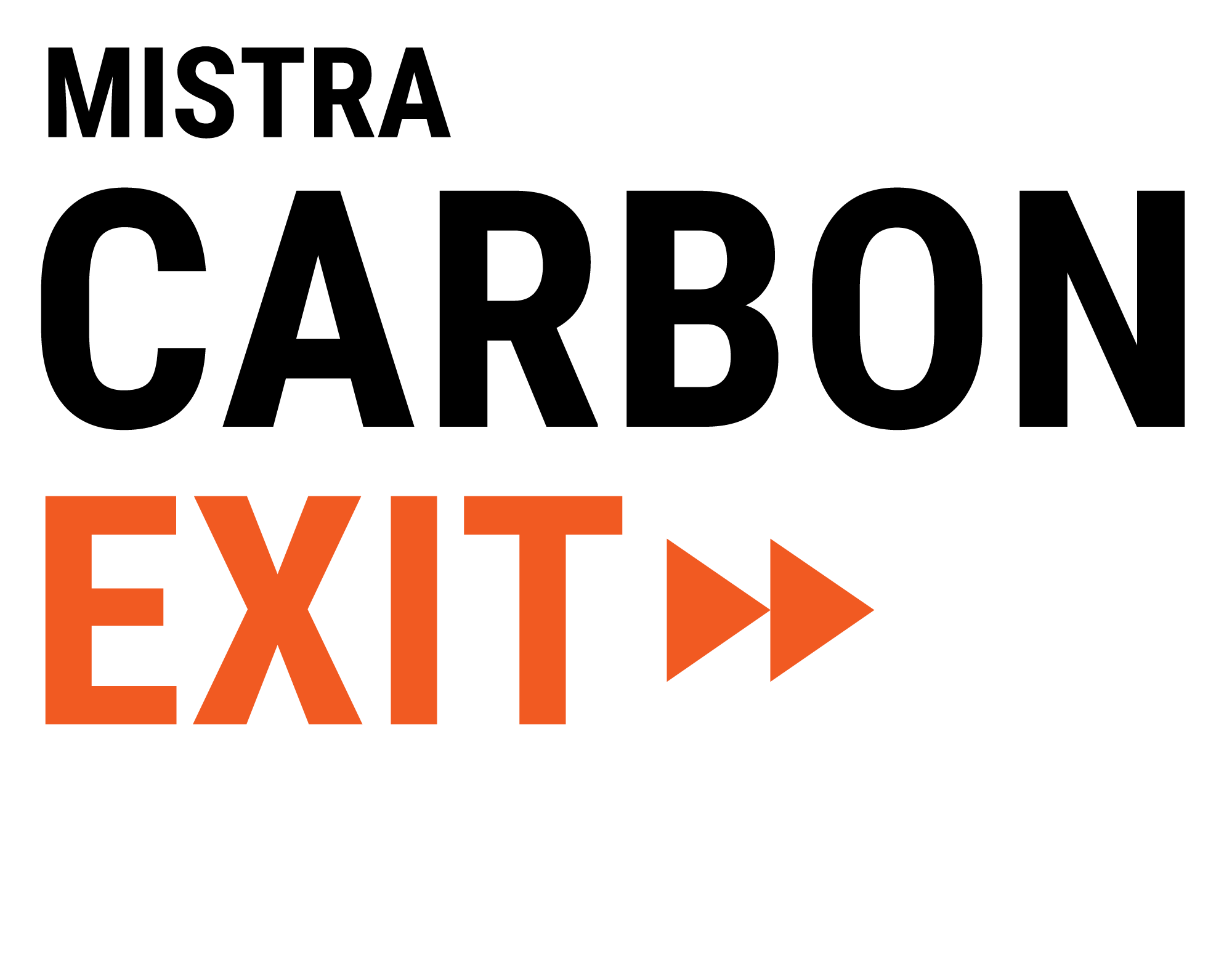Policy sequencing toward decarbonization
Many economists have long held that carbon pricing—either through a carbon tax or cap-and-trade—is the most cost-effective way to decarbonize energy systems, along with subsidies for basic research and development. Meanwhile, green innovation and industrial policies aimed at fostering low-carbon energy technologies have proliferated widely.
Most of these predate direct carbon pricing. Low-carbon leaders such as California and the European Union (EU) have followed a distinct policy sequence that helps overcome some of the political challenges facing low-carbon policy by building economic interest groups in support of decarbonization and reducing the cost of technologies required for emissions reductions. However, while politically effective, this policy pathway faces significant challenges to environmental and cost effectiveness, including excess rent capture and lock-in.
Here we discuss options for addressing these challenges under political constraints. As countries move toward deeper emissions cuts, combining and sequencing policies will prove critical to avoid environmental, economic, and political dead-ends in decarbonizing energy systems.
Link to article "Policy sequencing toward decarbonization" co-authored by Mistra Carbon Exit researcher Prof. Thomas Sterner, University of Gothenburg, in Nature Energy: https://www.nature.com/articles/s41560-017-0025-8

